Fundamentals of Swing Trading
And why you should be swing trading
Most traders tend to burn out from scalping and day trading or get bored from basic long term buying and holding. I used to be a huge advocate of the idea that any strategy can work in the market, and believed that the differentiator was the end user. While this may be true, statistically, swing trading has the highest probability of being consistently profitable. Don’t you want to be more efficient with your capital and risk?
Swing trading hits the sweet spot as the best of both worlds. It’s fast-paced enough to stay exciting, but slow and structured enough to avoid burnout. It gives you the space to build a system that actually holds up over time.
For this edition of the Dividend Journal, let’s talk about the fundamentals of swing trading.
What is Swing Trading?
Swing trading is taking trades and holding them from a couple days to even a few weeks. Swing trading is very powerful because through history, it has been proven that the majority of the market’s returns are made outside of trading hours.
So by swing trading, you are playing to a probabilistic advantage. Instead of the tiring rush of adrenaline with day trading, swing trading allows you to take setups with higher probabilities of success. During market hours, you’re up against algos, high-frequency funds, and institutions that not only react faster to news but often move price before you even see it.
I have found that the weekly, daily, 4hr, and 1hr are the best timeframes to be on when swing trading. It cuts through the noise you get on lower timeframes like the 5-minute chart. These higher time frames also make it easier to identify trends and trade the price swings involved in uptrends and downtrends.
Principles of Swing Trading
I think the common misconception about trading in the stock market is that it’s “gambling” and “guess work.” On a foundational level, swing trading is all about finding highly probable setups and executing with precision. This means you’re not trying to predict what’s going to happen in the market, you’re positioning yourself around probabilities. Swing traders don’t have to be right every single time, and the real “edge” isn’t how many times you can be right. It’s about how you manage risk when you’re wrong, and maximizing when you’re right. This is why the most successful and profitable traders out there have a win rate of 50% to 55%. I’m always baffled when people ask “what’s your win rate?” as if that even plays a significant part in being profitable. You could have a win rate of 80% and still be unprofitable (and there are traders out there who do this). It’s all about recognizing when you’re right or wrong and reacting accordingly.
Being extremely profitable despite a lower win percentage boils down to asymmetric risk. Asymmetric risk is risking less than what you stand to gain. In other words, have good risk to reward ratios on your trades. You always want to aim for a risk to reward ratio over 1.0. This means risking $1 to make $3, or $5+. With swing trading, entering positions near key price levels of either support or resistance allows you to have fantastic risk to reward.
Elements of Swing Trades
Every good swing trade follows a consistent structure. The goal is to react to what the market is presenting you with a framework. Without a framework, you’re just playing a guessing game. Here’s the five key components that go into my swing trades:
1. Market Context
Before even thinking about entering a trade, look at the overall market. Zoom out and observe the macro. Is there uncertainty from economic policies or potential global tensions? I’ve seen too many traders who don’t even know what CPI is—let alone understand the impact of Fed policies on the markets. Having even just a basic understanding of simple economics will keep you in the game longer.
Is the market risk on or risk off? And most importantly, what’s the trend of the market on the higher time frames?
The context of setups filters noise. A strong setup is way more likely to play out in a strong market while a strong setup in a frothier market will likely be a takeout.
2. Entry Criteria
You don’t need to memorize every technical pattern or every candle stick pattern. Realistically, you actually only need one to three truly mastered.
My personal favorite are:
Consolidation breakouts
This is HON 0.00%↑ on the weekly time frame, and consolidation under the $230.85 level for a very long time. A break past this level represents a breakout past a key level where it’s consolidated for almost half a year for.
Pullback to key levels
NFLX 0.00%↑ on the daily timeframe shows us how strong previous support can be when it comes to finding areas where price can rebound very aggressively from.
Trend continuation patterns
DASH 0.00%↑ presents a great example of a trend continuation by hugging the daily 8 EMA (orange line) and using that level as support. Buying into the 8 EMA would be a great risk to reward as your stop loss would be price failing to hold the 8 EMA.
Simply saying a stock “looks good” isn’t sufficient. You want to be as specific as possible. Define your setup and clarify the confluence. This will dramatically improve your trading process.
3. Risk Management
This is the REAL edge. Don’t let a single trade wipe out days or weeks of profits. If your sizing and risk exposure is wrong, your trading is still broken.
You have to:
define your stop loss before entering ANY trades
position sizing and ensuring your risk % per trade is proportionate to portfolio size
avoid over exposure to sectors like having two semiconductor positions open at once
accept the loss before you place the trade
There’s a big difference between feeling negative emotions because a setup failed versus feeling negative emotions because you lost money on a trade. Identify which one you’re really feeling and if it’s the latter, then you didn’t really truly accept the loss before entering the trade. Traders too often get enamored by the potential upside of a trade but never stop to think about what they’re risking and willing to lose.
4. Target Zones
Your exits on trades should never be random. Especially with options swing trading, it shouldn’t be based on percentages. The percentages don’t perfectly represent what the underlying stock is actually doing. You should be taking profit and setting stop losses based on key levels of the actual stock.
Previous swing highs and swing lows
Look left on your charts, history shows you where the market has reacted aggressively at certain prices. Refer back to NVDA 0.00%↑ chart earlier. Price more often than not reacts where liquidity used to be.
Volume Profile Key Levels
COIN 0.00%↑ below shows us the second largest volume node of trading occurs just under the $270 level. This is also where price has rejected on the left and consolidated under before a breakout to the upside on the right of the chart.
5. Trade Execution & Management
Set alerts for everything. The beauty of swing trading is that you don’t have to stare at charts all day. Set alerts for potential entries. Set alerts for your stop loss and your take profit areas. Aside from that, you literally don’t have to look at the market until you get notified an alert has been hit.
During your trades, don’t micromanage. You’re doing more damage than harm. There’s no point in watching the 5m timeframe if your swing trade thesis was based on the daily or weekly time frame. If the setup has not broken structure, there’s no reason to exit the trade. When I get some doubt on my trades I tell myself: Trust the plan and let the trade marinate.
Handling a loss:
Don’t average down into oblivion on a trade just because you think it will reverse. Stick to your original trade plan and avoid widening stops mid-trade. Us as humans have much more difficulty accepting a loss than keeping a profitable trade going. You’re supposed to cut your losses quick and stay in your winners longer. Did the trade follow your plan and just unfortunately not work out? If so, journal it and move on. If it was bad execution, refine your trading process and avoid making the same mistakes.
Post-Trade:
I like to think of exiting a trade as data collection. You’re collecting data for the trading strategy you’re utilizing and each trade contributes to the foundation of your strategy. Journal and document everything about every trade you take. Eventually, you’ll have a long playbook of trades you’ve taken in the past that you can reference back to. History doesn’t repeat, but patterns do exist.
Final Takeaways
Swing trading isn’t about chasing every move. It’s about knowing when to press your foot on the gas pedal and catching the right moves with structure, patience, and risk discipline.
You're not glued to screens, you're not gambling on headlines but rather you’re operating with a plan. Trading with repeatable setups that have defined risk, and asymmetric reward makes it more than just a strategy. At that point, it’s a flourishing business. It’s not going to be a business that has consistent revenue, like a pizza shop. But, over a longer period of time it will be profitable.



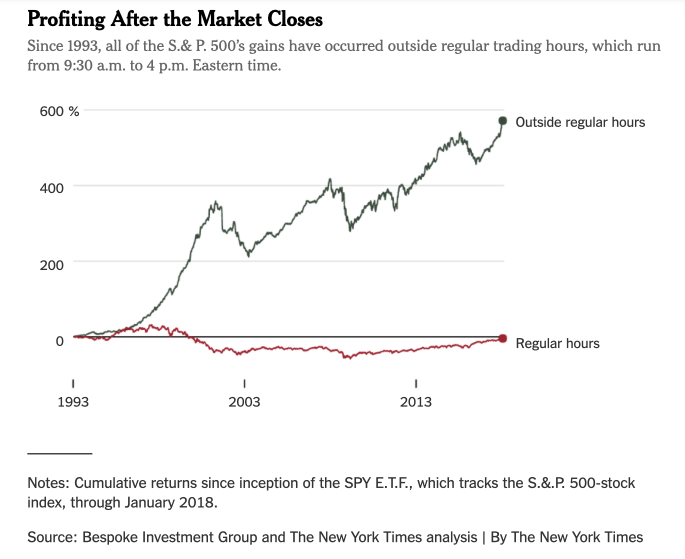
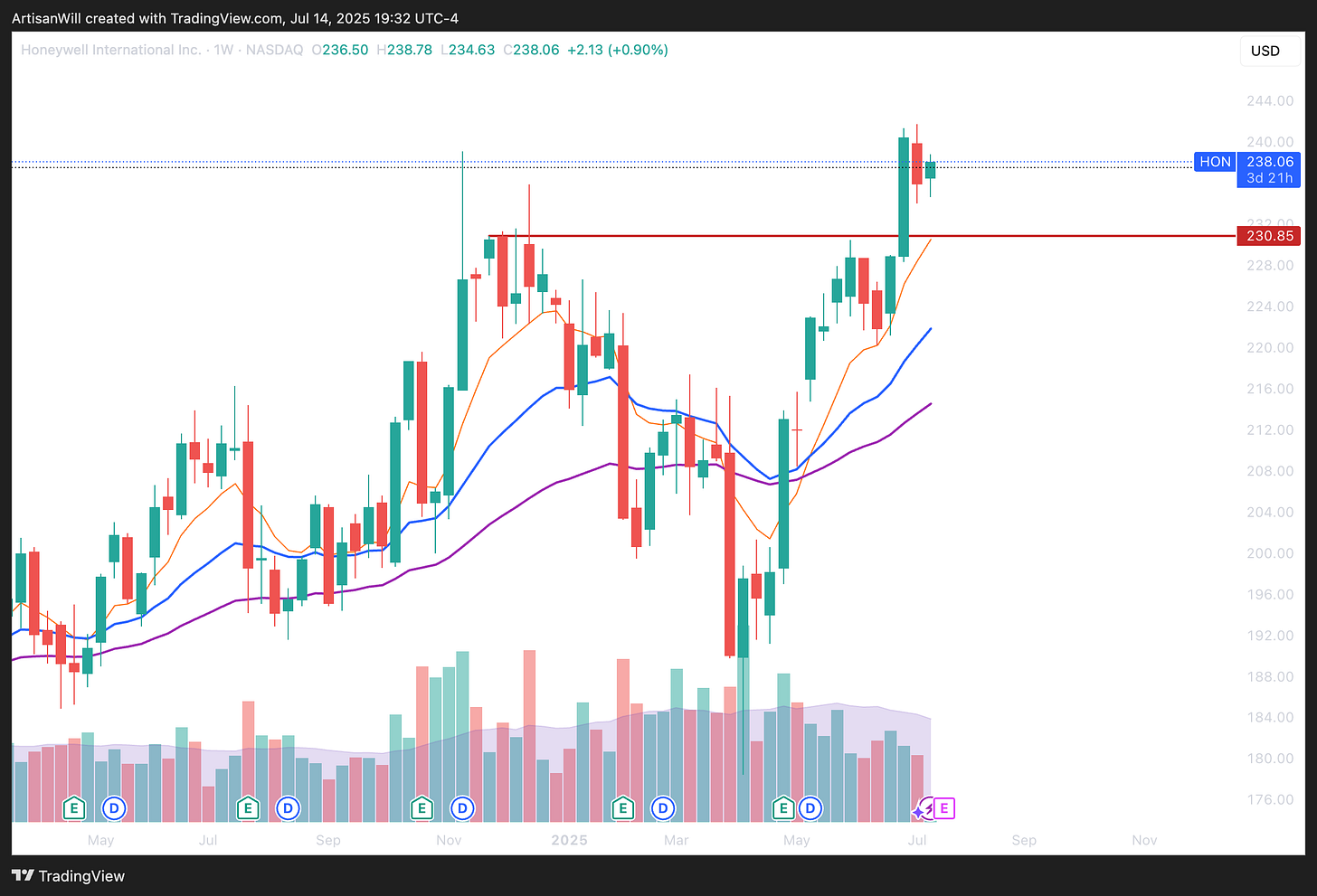
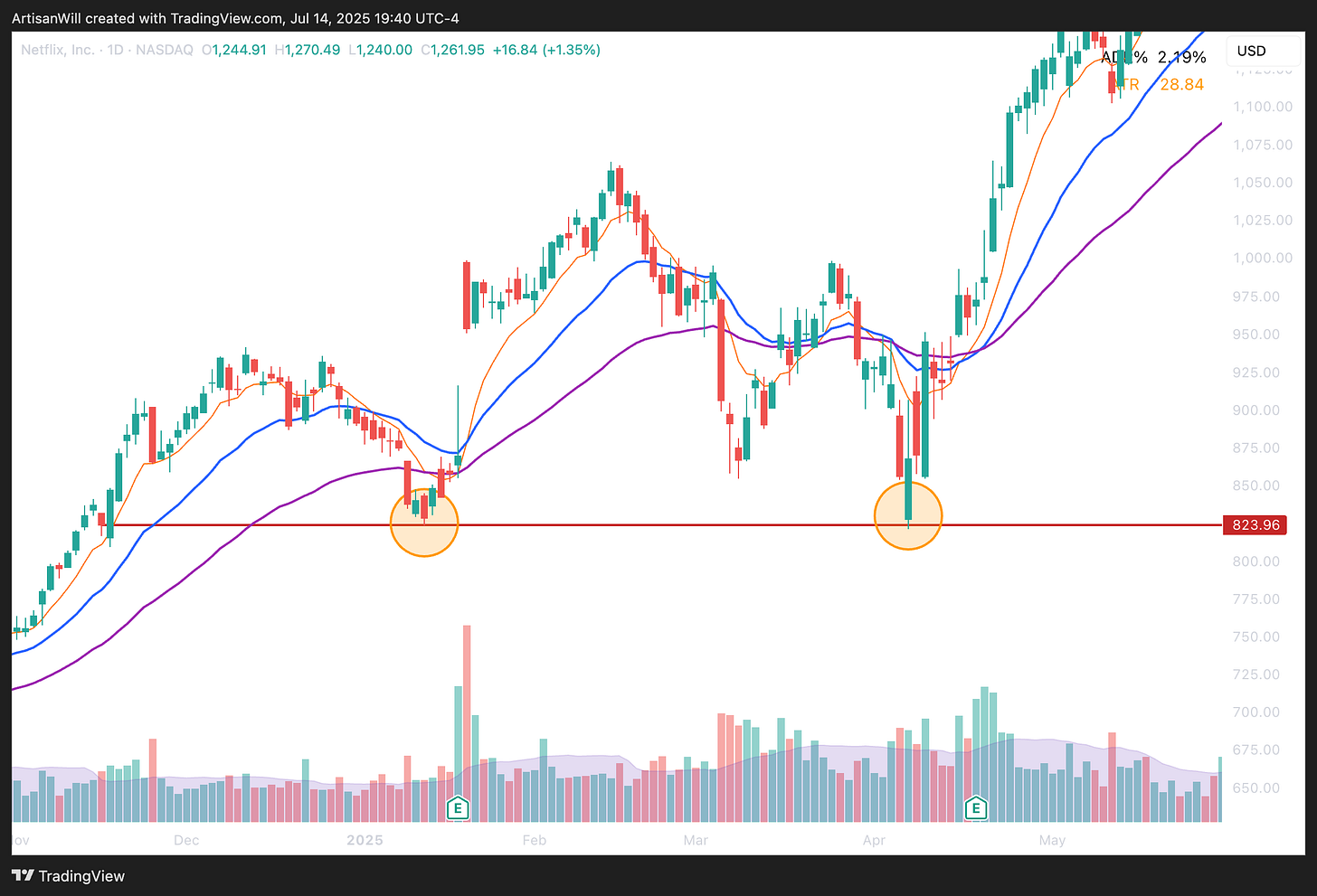
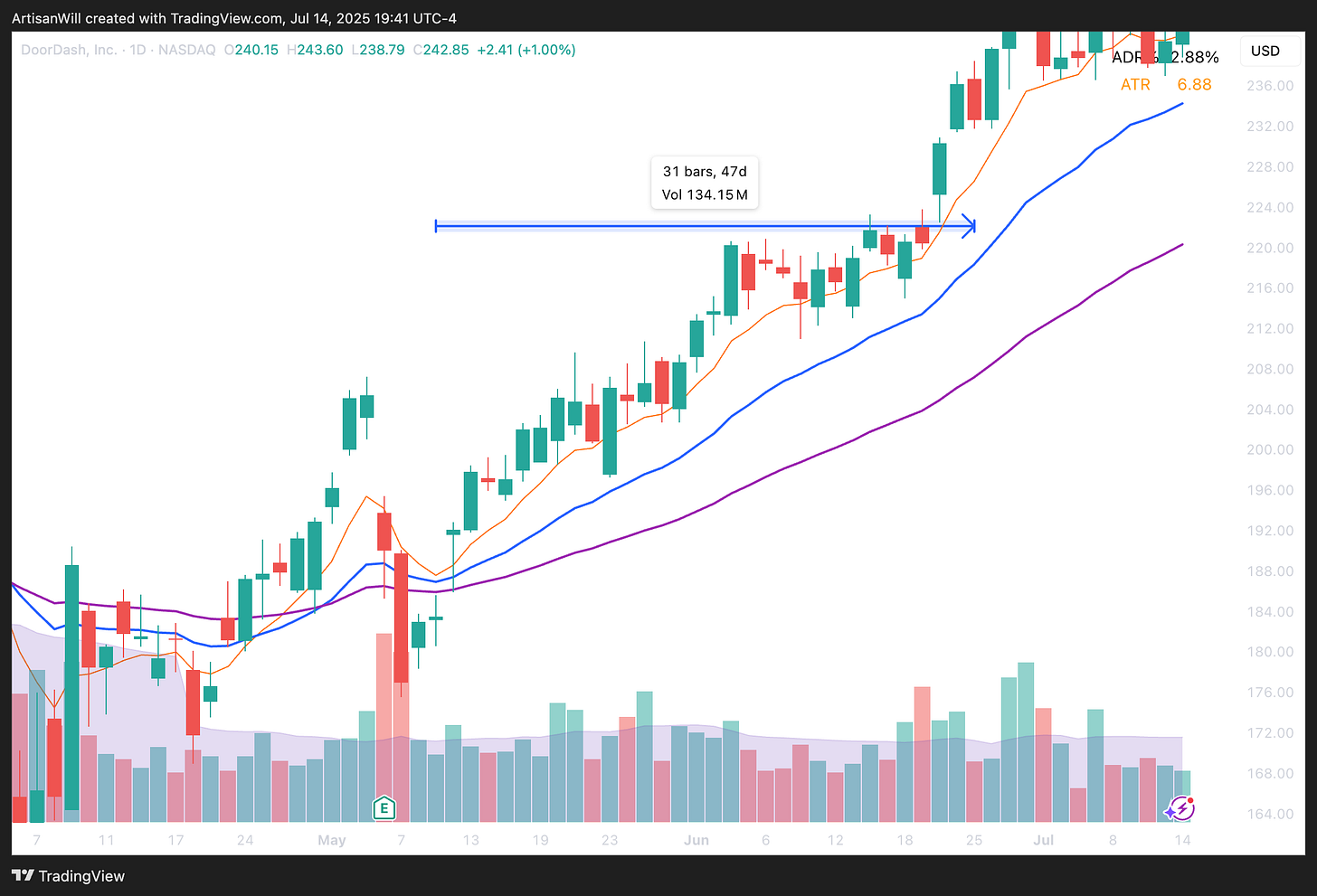
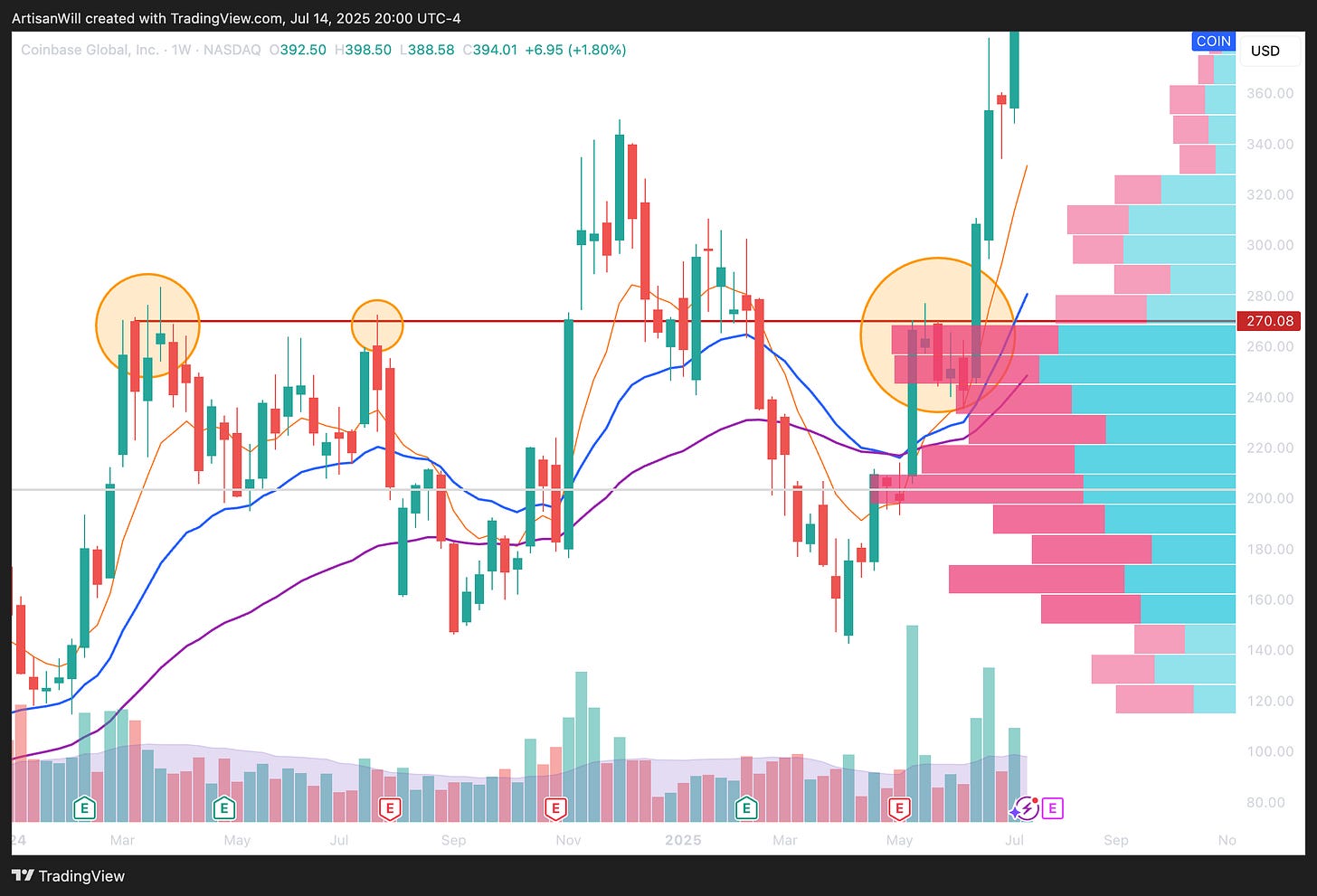
Very well written!
Thank you for sharing!